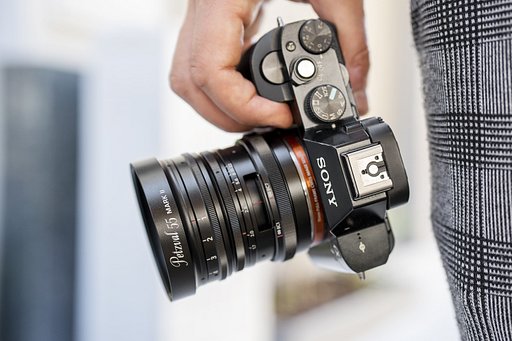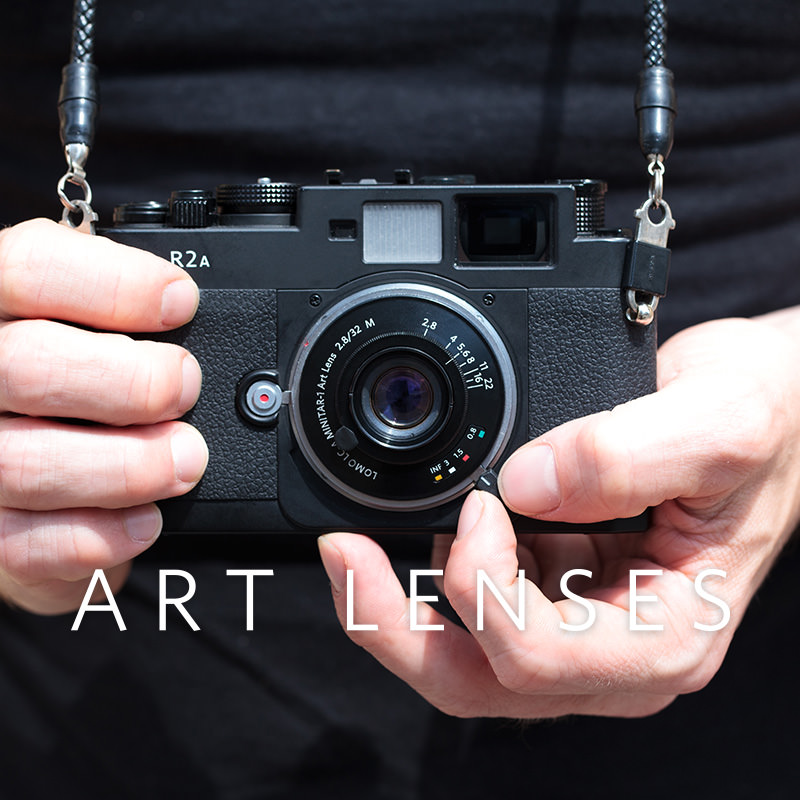Photojournalism and Instant Photography with Kimberly dela Cruz
6 Share TweetKimberly dela Cruz is an independent documentary photographer and photojournalist based in Manila, Philippines, whose work and coverage on migration, identity, culture, and politics, has been featured in The Washington Post, The Guardian, Time, Al Jazeera, Buzzfeed News, The Irish Times, Nikkei Asian Review, Philippine Daily Inquirer, as well as in photo exhibits across the globe, Kimberly dela Cruz crafts images to be remembered; she is also known to be one of the few photojournalists who incorporates analogue photography into their work, with her chosen tool being instant film.
Kimberly was the first Filipino to be awarded the W. Eugene Smith Memorial Grant last 2021, with the grant supporting the penultimate chapter of “Death of a Nation”, the six-year project that documented the effects of a violent regime and an ailing democracy on families who have grieved the loss of their loved ones to the war of drugs’ extrajudicial killings. Written, photographed, and structured with an innate level of tenderness and sensitivity that doesn’t shy away from the truth and harsh realities of the story, Kimberly is steadfast in ensuring these stories never fade or get lost in time.
Last May, Kimberly spoke with us about the coexistence of both digital and analogue photography in her field of work, the purpose of visual tools in storytelling, and the gravitas of a printed image.
Hi Kimberly! Welcome to Lomography Magazine! Can you introduce yourself and tell us what you do?
Hello! My name is Kimberly dela Cruz and I’m a freelance photographer based in the Philippines. I’m also a journalist, a writer, and a researcher, but mostly I do lens-based work.
Since 2019, you’ve been taking your instant camera around with you for both personal and professional documentary work. Going back to your first exposure and experience with film photography, what initially got you curious about the analogue medium?
I tried analogue before, but with instant photography, it’s like I’m a kid again. I’m just happy to be able to take pictures. Added to that is an opportunity to share a print, and have that anticipation for a developing image.
Why did you gravitate towards instant photography?
I first bought an Instax mini from a friend’s garage sale in 2019. Then I bought different Polaroids in 2022. For me, there’s a sense of whimsy when you’re using an instant camera. There’s a sense of wonder to what will come out in the print. There’s also a finality with instant photography, once the film has been expended. It’s over, a new process begins which is the chemicals at work, exposing the image. There’s a great anticipation within that time frame, “is the photo all right?”. And you could look at it with the person you photographed!
Seeing your photographs was the first time I’ve seen a documentary photojournalist opt for the instant format rather than the usual 35 mm that most turn to. What prompted you to bring an instant camera onto the field?
There’s no deep reason aside from the fact that I like it and I have film at the moment. It depends on the supply and whether my bag could fit the camera. Work-wise, I get hired for digital. The instant photography part is something I do on the side.
You have previously shared that it was in the development of “Death of a Nation” that you began to incorporate instant photography into your work. How do you see analogue photography co-existing and working alongside your digital work to bring about the most authentic, true, and necessary visual documentation for the stories you are telling?
I guess the instant photography aspect is a way to give back. With Instax, I did photograph kids before and have them write their names and ages and let them keep a copy. With Polaroid, I did emulsion lift.
Doing this sort of acts as projects within projects that keep things interesting and make the photography part a shared experience for me and those involved. There's more participation in the image-making process. Plus, there’s a print, like a memento.
What is the most memorable instant photograph you’ve taken on assignment and/or in the development of a project?
This was taken with a Polaroid SX-70, a camera older than me. Every photograph for me is a surprise so I didn’t hope for anything except hopefully something comes out.

How does your approach differ when photographing images based on your chosen medium for a specific moment? Are there certain subjects, environments, or elements in general that you reserve your Instant photographs for?
To me, the difference between the two is the limitations and strengths of both mediums. With digital, there are more pictures I could create and I work rather faster. With instant photography, I’m more considerate with the images I’m taking. I’m budgeting my shots.
Your early years in photojournalism were spent in the environment of a newsroom, so there was a print aspect to your early works in journalism. Your work has also been printed for photo exhibitions and galleries (on top of being featured in various journalistic publications). And today, your recent works also bring in another form of print and an analogue touch through Instant photography. What does having your work in print mean to you? What does the tangibility of it represent?
I think print beckons an audience to stare at the work longer, consider the work with more compassion. I still get excited with my work getting printed, to me that means a broader audience, someone out there that could appreciate the work, see the details, with more consideration.
What does Instant Photography provide you with in your creative, visual, and journalistic practice?
Instant photography is fun. It’s great for sharing or leaving behind a photograph instead of just taking it.
In the past, you’ve led photography workshops on developing long-term documentary projects. What’s the one thing you tell your students and emphasize the most when it comes to documentary visual storytelling?
I always say that we have different perspectives/approaches to a story, therefore we should follow our own paths.
With May 3 being World Press Freedom Day, what does Press Freedom mean to you today?
World Press Freedom Day means commemorating countless martyrs that perished doing their jobs, imprisoned or harmed while reporting the truth. This year, I’m thinking about the journalists killed in Gaza and those who are still out there, working under impossible conditions.
Thank you to Kimberly for speaking about her analogue photography practice and journey with us. See more of her past and ongoing projects over on her Instagram and website.
written by macasaett on 2024-08-27 #culture #news #people #instax-mini #instant-photography #photojournalism #instax-square #world-press-freedom-day
















































No Comments